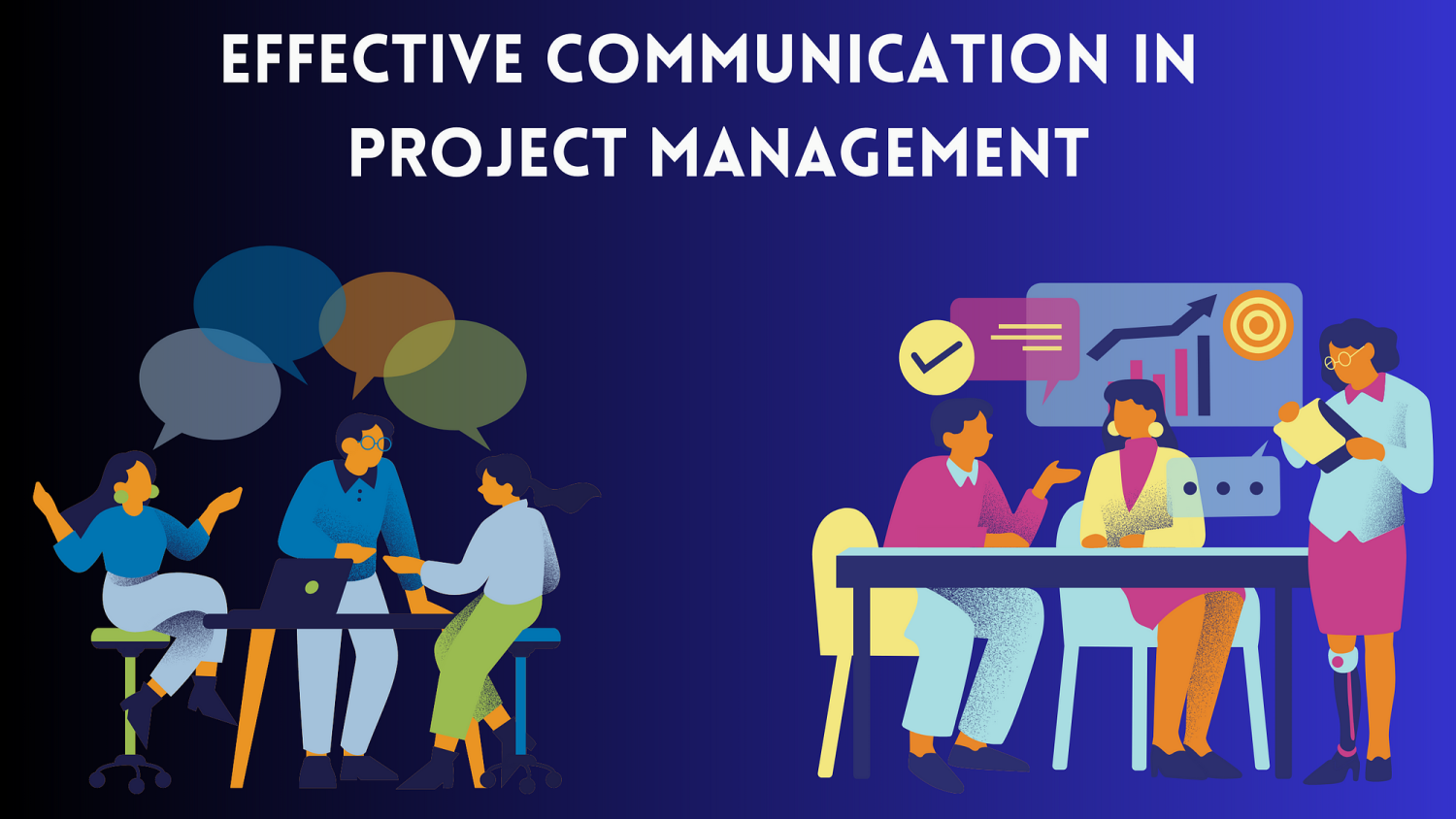
Effective Communication in Web Design Projects
In the world of web design, effective communication is the cornerstone of success. Whether you're working with clients, collaborating with team members, or presenting your ideas to stakeholders, the ability to convey your thoughts clearly and listen actively is paramount. In this comprehensive guide, we will explore the art of effective communication in web design projects, offering valuable insights, practical tips, and real-world examples to help you enhance your communication skills and create outstanding web experiences.
The Role of Communication in Web Design
The Significance of Communication
Discuss why effective communication is crucial in web design projects.
Communication Challenges in Web Design
Highlight common communication challenges web designers encounter and the consequences of poor communication.
Understanding Your Audience
Client-Centered Communication
Explain the importance of tailoring your communication to meet your client's needs and preferences.
User-Centered Communication
Discuss how user-centered communication ensures that the website meets the needs and expectations of the target audience.
Stakeholder Expectations
Explore the significance of understanding and managing the expectations of various stakeholders involved in the project.
Building Strong Client Relationships
Establishing Trust
Discuss how trust is a foundational element of effective client communication.
Setting Clear Expectations
Explain the benefits of setting clear project expectations and milestones from the beginning.
Active Listening
Offer tips on practicing active listening when engaging with clients to better understand their vision and concerns.
Managing Feedback Effectively
Highlight strategies for receiving and incorporating client feedback without compromising the project's integrity.
Collaborative Team Communication
Team Dynamics
Discuss the role of effective team communication in ensuring project success.
Effective Project Kickoffs
Explain the importance of thorough project kickoffs to align team members' understanding and expectations.
Regular Updates and Check-Ins
Highlight the value of ongoing communication within the project team to stay on track.
Resolving Conflicts Constructively
Offer guidance on handling conflicts within the project team in a productive manner.
The Art of Presentations
Visual Storytelling
Discuss techniques for using visual elements to convey design concepts and ideas effectively.
Presenting Design Concepts
Provide tips on delivering compelling presentations that showcase your design work.
Handling Questions and Feedback
Explain how to handle questions and feedback during presentations with confidence and professionalism.
Convincing Stakeholders
Discuss strategies for persuading stakeholders to support your design decisions.
Documentation and Prototyping
Clear and Concise Documentation
Highlight the importance of maintaining clear and organized project documentation.
Prototyping for Clarity
Explain how prototyping can enhance communication by providing tangible representations of design concepts.
Usability Testing and Feedback Integration
Discuss the role of usability testing and feedback integration in refining the design based on user input.
Version Control and Documentation Management
Offer tips on maintaining version control and effectively managing project documentation.
Effective Remote Communication
Tools for Remote Collaboration
Discuss tools and technologies that facilitate effective communication in remote work settings.
Video Conferencing Etiquette
Provide guidelines for conducting productive video conferences with remote team members and clients.
Overcoming Time Zone Differences
Explain strategies for managing time zone differences when collaborating with a global team.
Written Communication Best Practices
Highlight best practices for written communication, including emails, messages, and project updates.
Feedback and Iteration
Embracing Constructive Criticism
Discuss the importance of being open to constructive criticism and feedback.
Turning Feedback into Actionable Insights
Explain how to transform feedback into actionable design improvements.
The Iterative Design Process
Discuss the iterative design process and how effective communication plays a role in it.
Client Involvement in Iteration
Highlight the benefits of involving clients in the iterative design process.
Managing Scope and Expectations
Scope Creep and Change Requests
Discuss strategies for managing scope creep and handling client change requests.
Navigating Budget and Timeline Discussions
Offer tips on communicating effectively about budget and project timeline adjustments.
Written Agreements and Contracts
Explain the importance of clear written agreements and contracts to avoid misunderstandings.
Handling Unforeseen Challenges
Discuss how to communicate and collaborate effectively when unforeseen challenges arise.
Crisis Communication and Problem-Solving
Addressing Emergencies
Offer guidance on effectively addressing emergencies and critical situations.
Communicating Delays and Issues
Discuss strategies for communicating project delays and issues to clients and stakeholders.
Collaborative Problem-Solving
Highlight the value of collaborative problem-solving in overcoming project hurdles.
Post-Mortem Discussions
Explain the importance of post-mortem discussions to reflect on lessons learned and improve future communication.
Cross-Cultural Communication
Cultural Sensitivity
Discuss the significance of cultural sensitivity in cross-cultural communication.
Language Barriers
Offer tips on navigating language barriers and ensuring effective communication.
Adapting to Cultural Differences
Explain how to adapt communication styles to accommodate cultural differences.
Global Audience Considerations
Discuss how communication can address the needs and expectations of a global audience.
Client Education and Empowerment
Explaining Design Choices
Discuss strategies for explaining design choices and rationale to clients.
Providing Training and Documentation
Explain the benefits of providing clients with training and documentation for self-management.
Empowering Clients for Self-Management
Highlight the advantages of empowering clients to take ownership of their websites.
Long-Term Relationship Building
Discuss the potential for long-term client relationships built on effective communication.
Elevating Web Design Through Effective Communication
Summarize the key takeaways from the guide and emphasize the pivotal role of effective communication in achieving success in web design projects.
